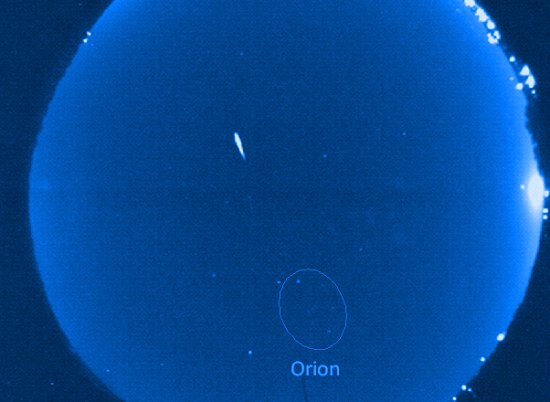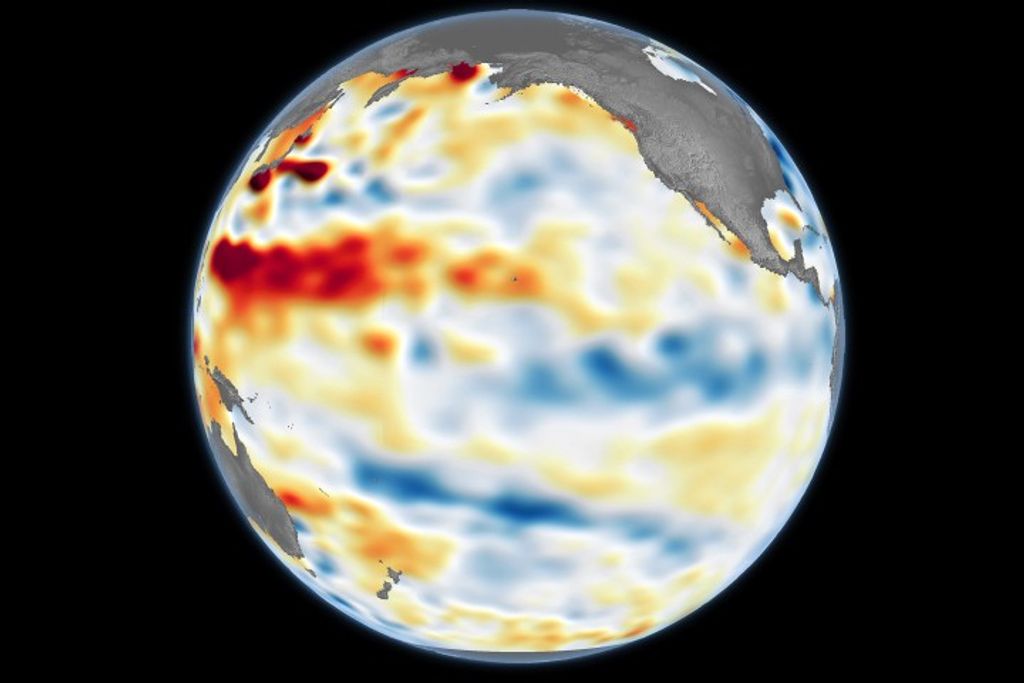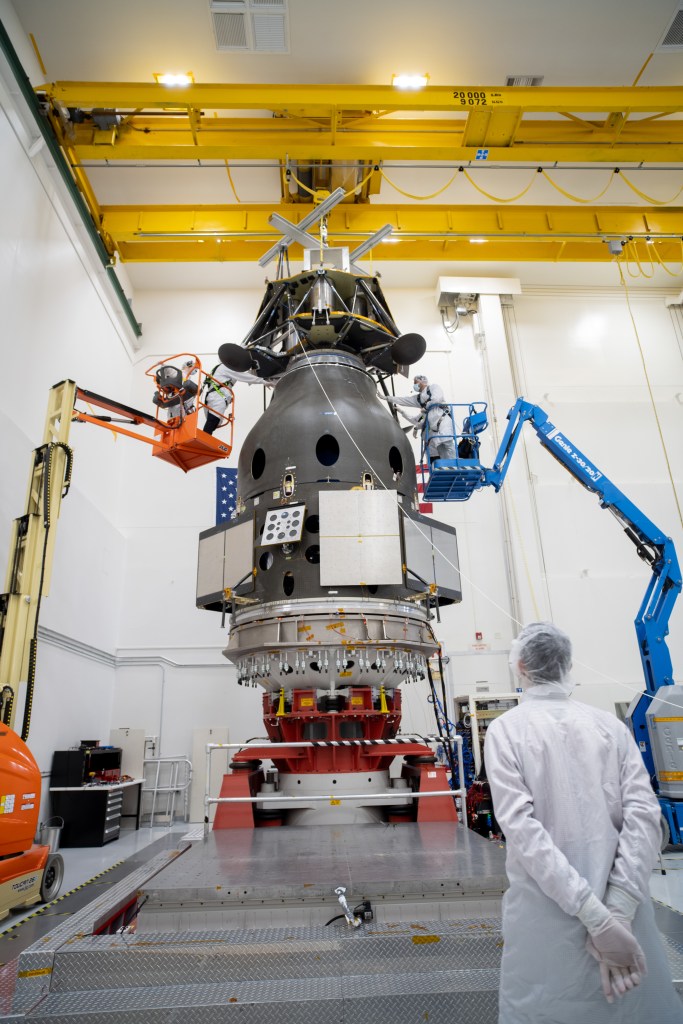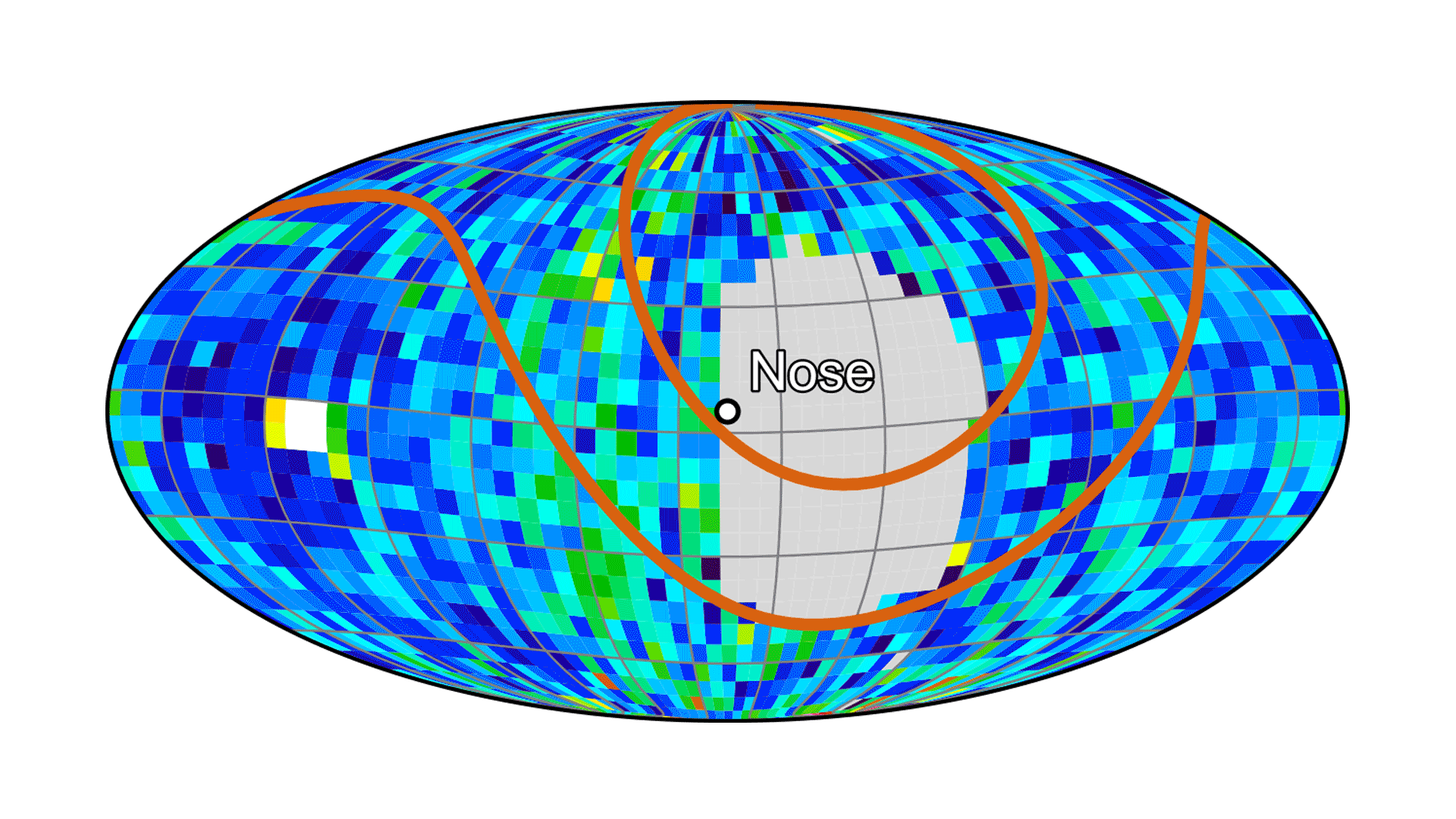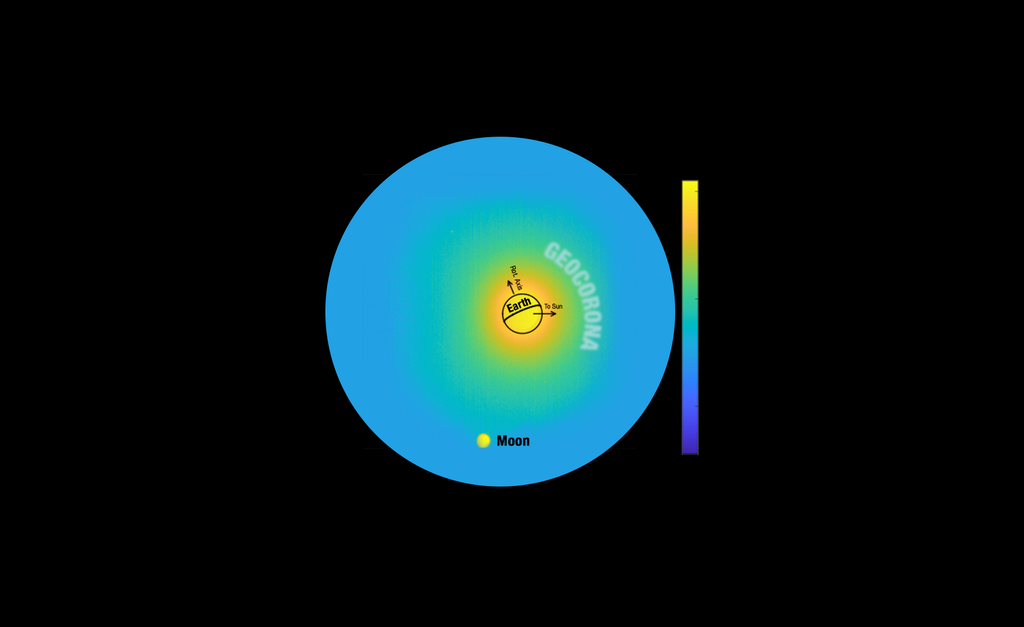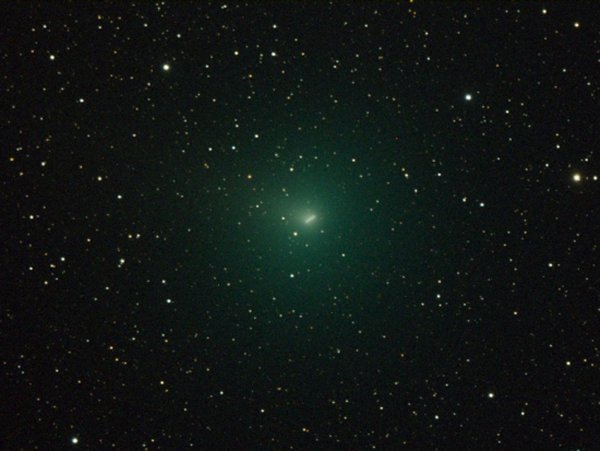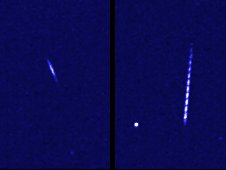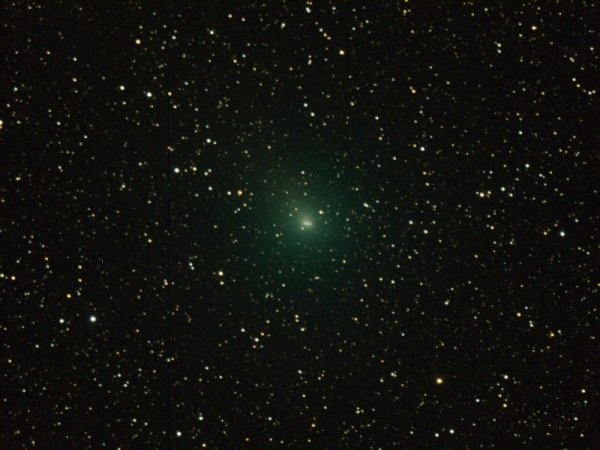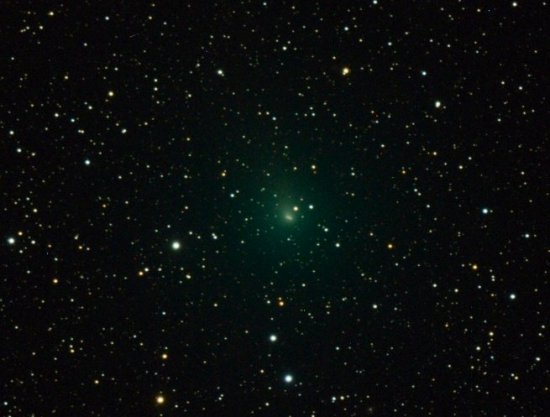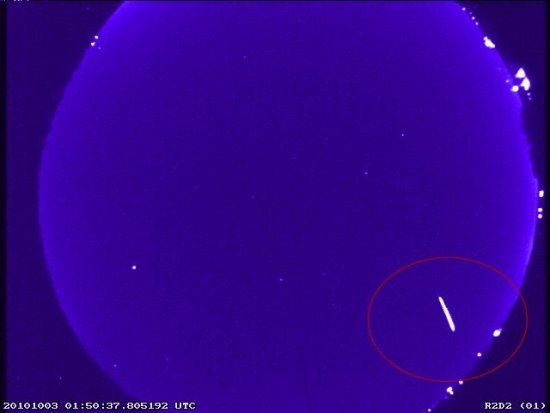Despite the fullness of the moon, the all-sky meteor camera at NASA’s Marshall Space Flight Center in Huntsville, Ala., managed to detect a decent number of Orionid meteors this October — 41 in total! Thesemeteors, produced by debris from Halley’s Comet, travel at 146,000miles per hour and burn up high in the atmosphere. Most Orionids werefirst detected …
Full Moon Doesn’t Phase Orionids Viewing
